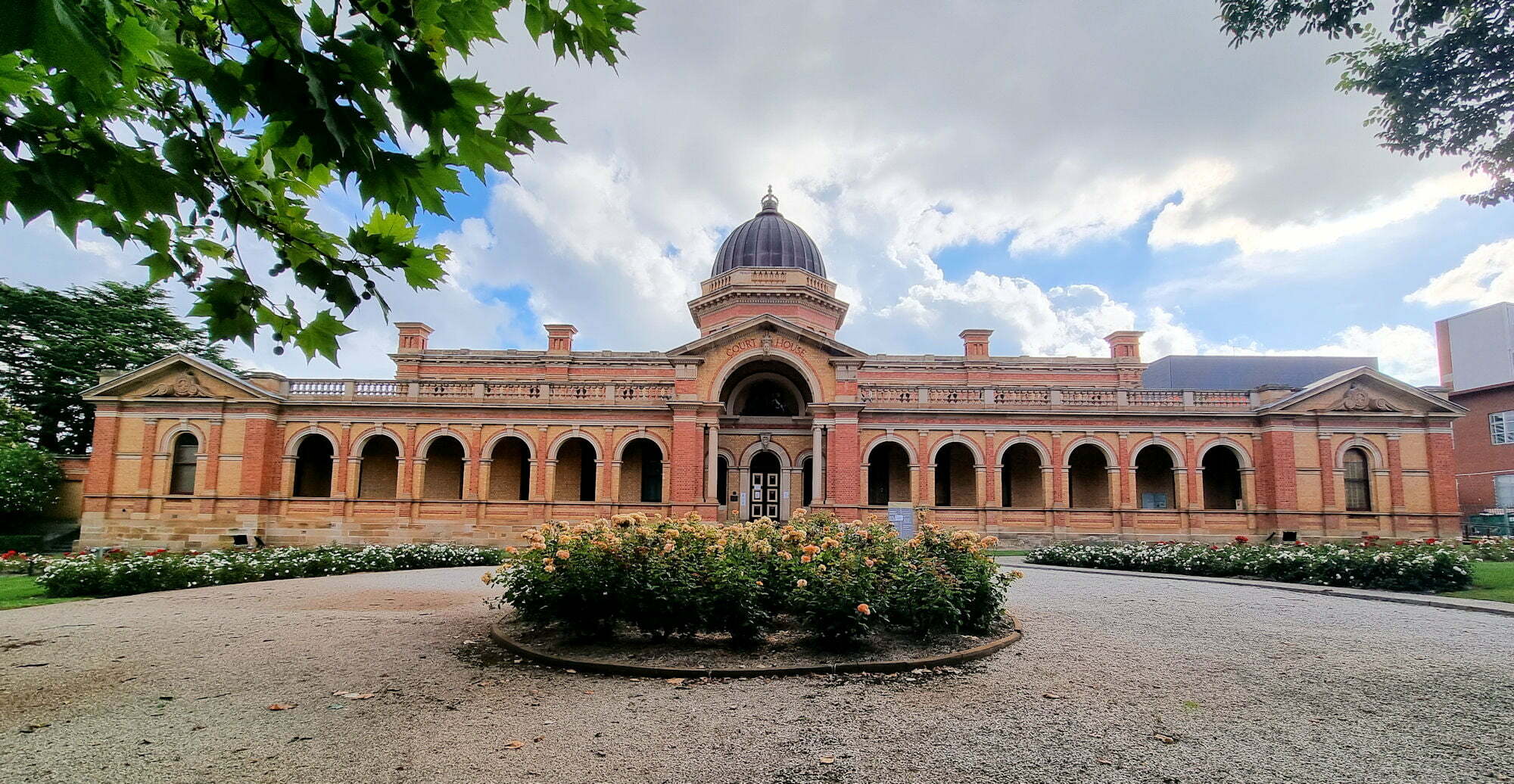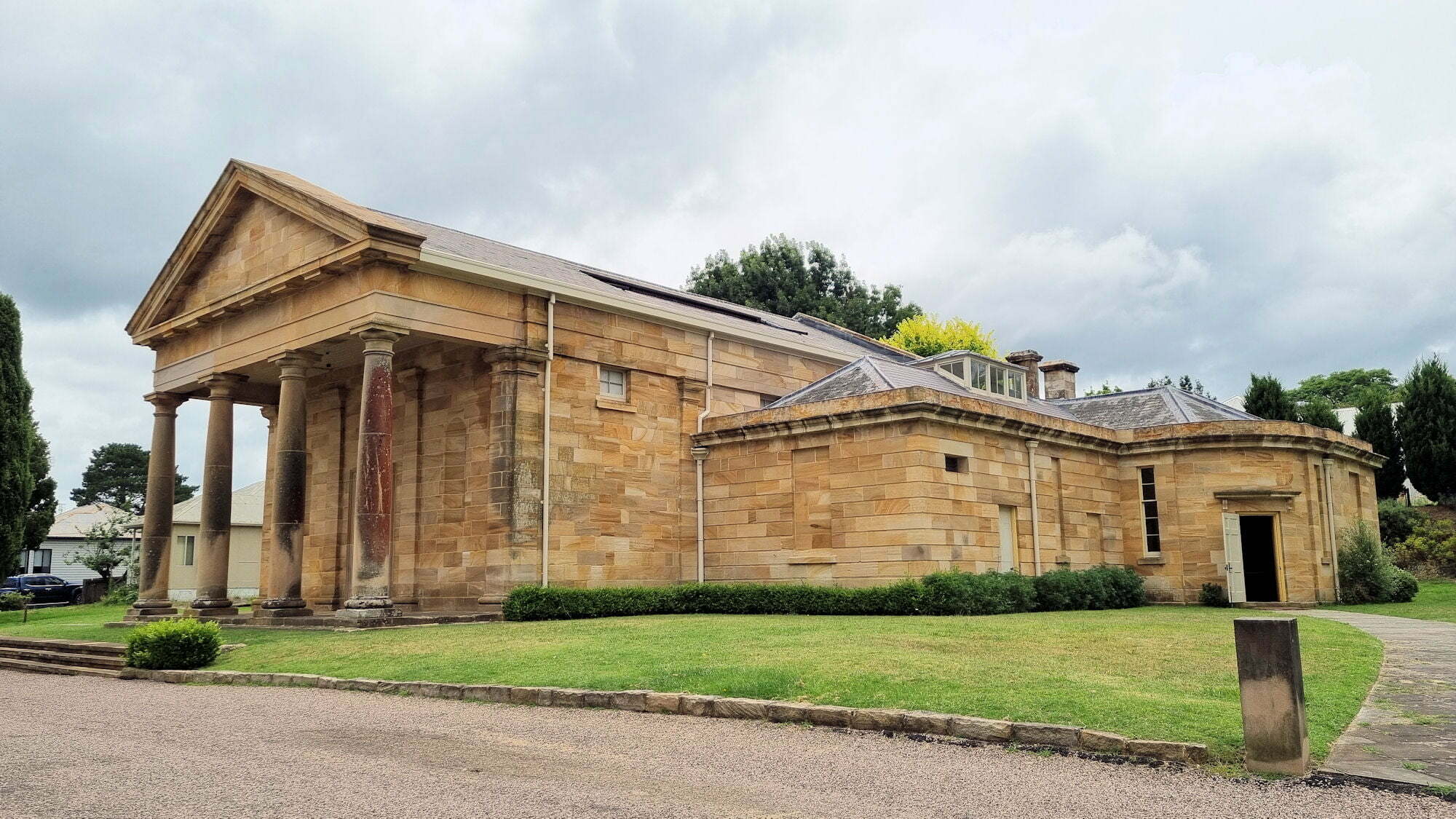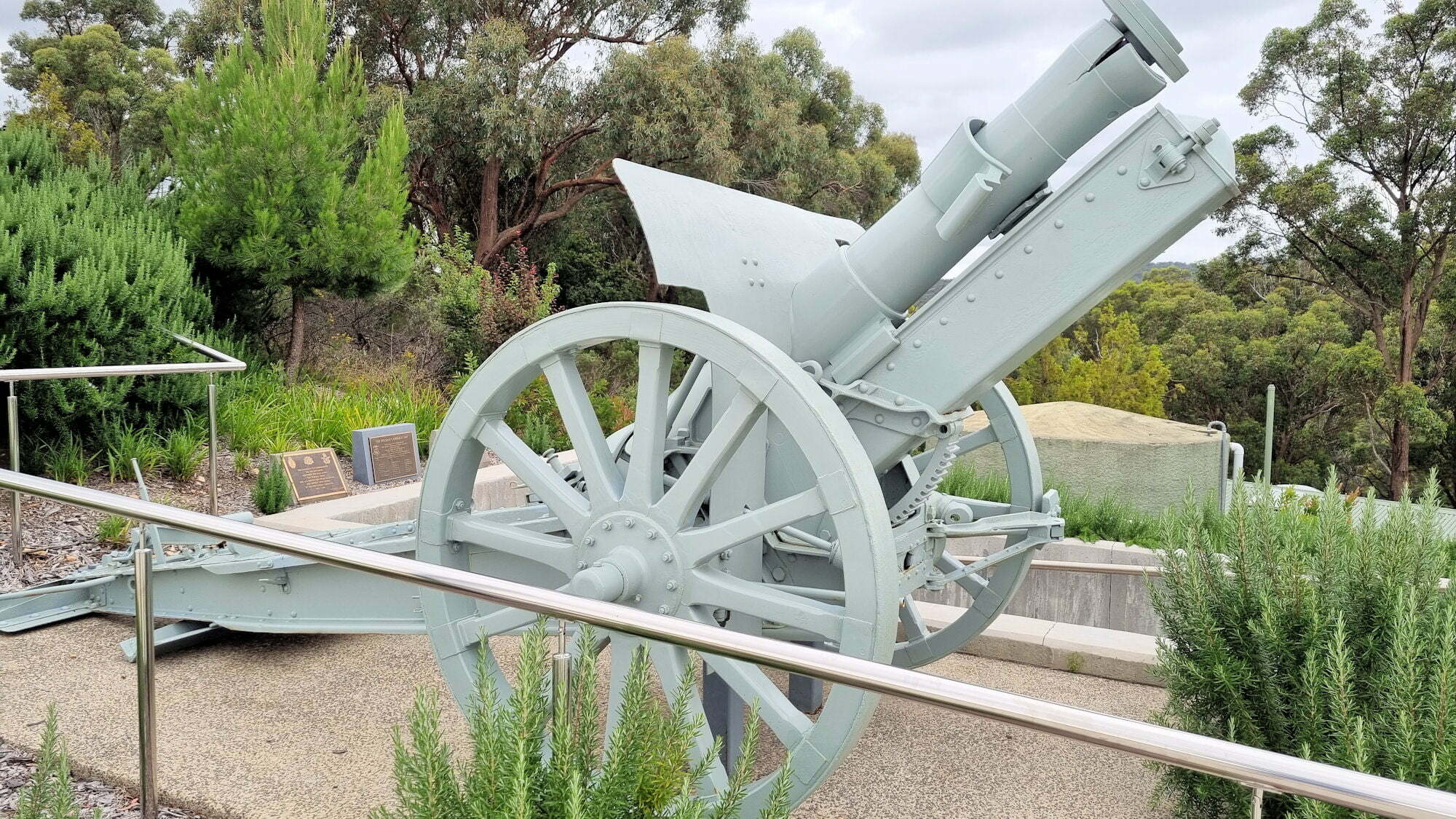Tag: travel
-
Goulburn New South Wales Australia

Goulburn New South Wales Australia Established in 1833, Goulburn New South Wales is 195 km south-west of Sydney and 90 km north-east of Canberra. It was declared Australia’s first inland city in 1863. To get to Goulburn, you can travel by train on NSW CountryLink services or by coach. It is approximately two hour’s drive… Read more
-
Berrima Courthouse

Berrima Courthouse Designed by Colonial Architect, Mortimer Lewis in the Greek Revival style, Berrima Courthouse is one of the must see buildings in Berrima New South Wales. Completed in 1839, it only operated for seven years. Subsequently the courthouse operated only occasionally as a courthouse. However, as the centre of public administration it was from… Read more
-
Rocky Hill War Memorial and Museum

Rocky Hill War Memorial and Museum Perched on top of a hill, the Rocky Hill War Memorial and its associated Museum is very different from most memorials we have seen around Australia. Overlooking Goulburn in New South Wales, this 10.5m tall tower was opening in 1925 to commemorate all those who served in the First… Read more